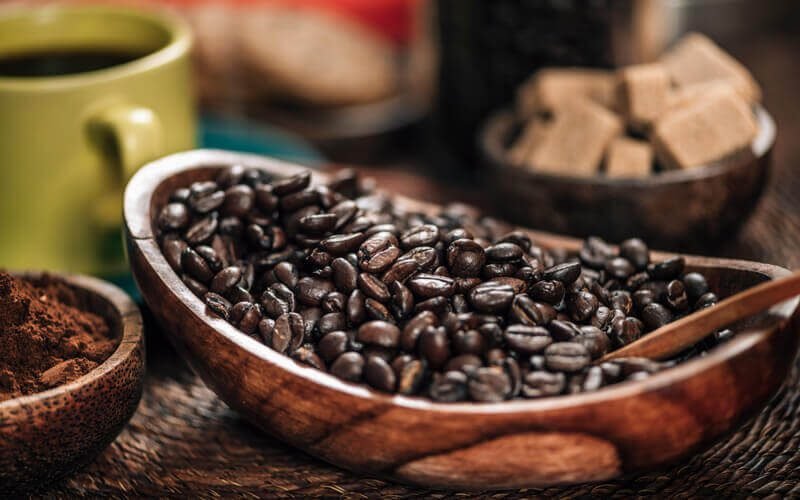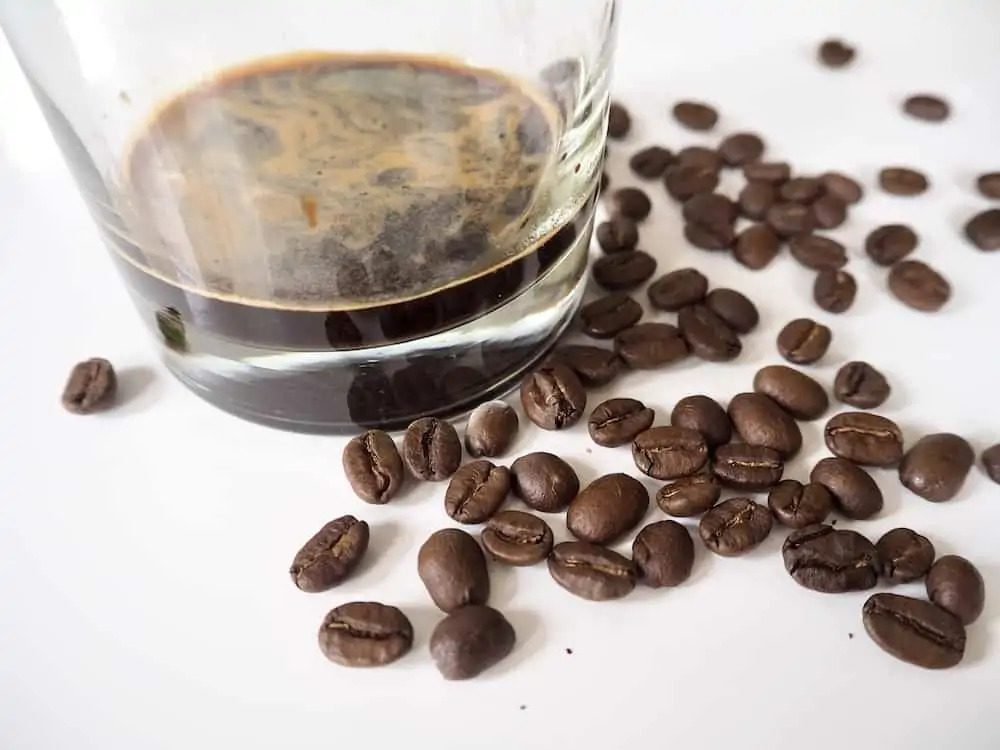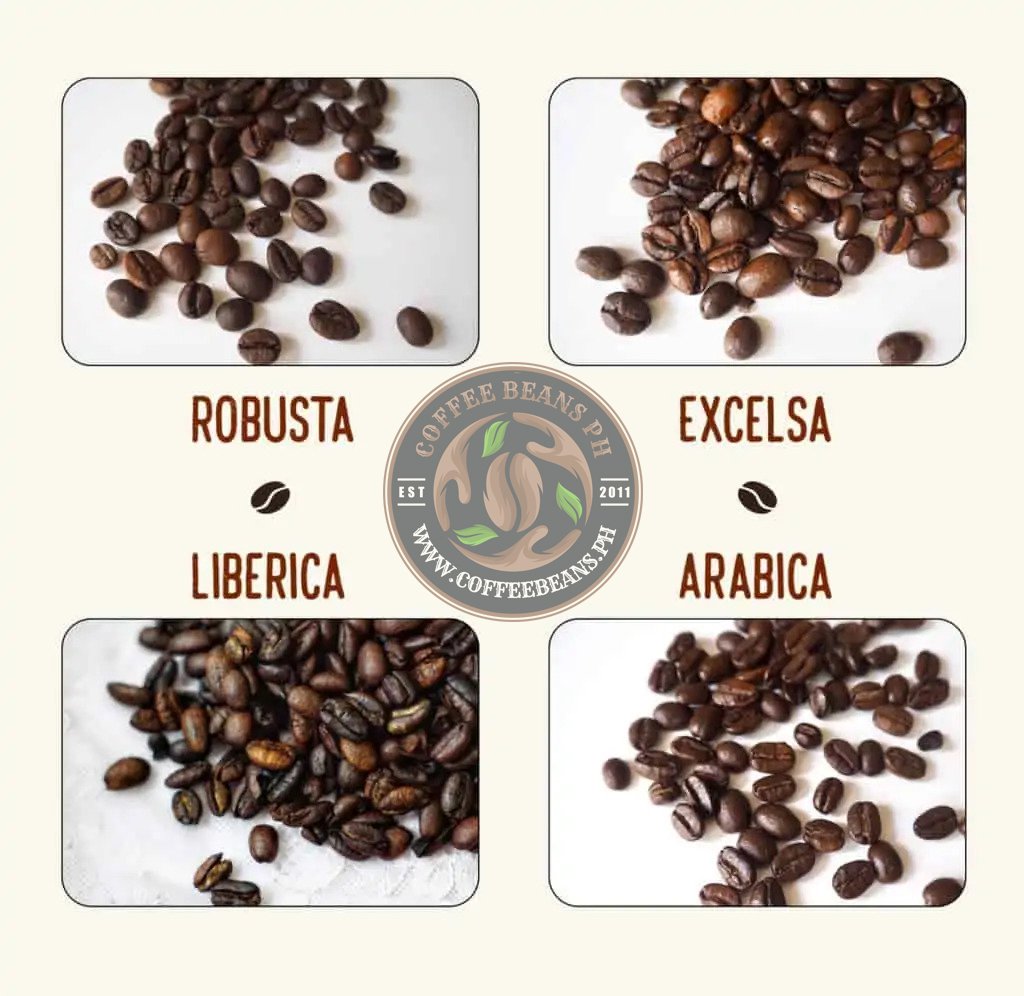
In the Philippines, coffee is the second most consumed beverage after water. Research firm Kantar Worldpanel revealed that coffee is a staple drink for Filipinos, who have shifted from moderate to heavy coffee drinkers. This probably isn’t a surprise for those in Metro Manila and other urbanized areas full of coffee houses ranging from boutique cafes to big chains. However, the country’s coffee culture has surprisingly old roots, and some aspects of it – including the endangered form of Liberia, Kapeng Barako – are not well known. This article discusses everything you need to know about Kapeng Barako – including its origins and how you can make it at home.
Kapeng Barako: A History
What is Kapeng Barako?
First things first, what is Kapeng Barako? Barako is a Tagalog word that means ‘manliness’ or ‘strong man,’ and Kape means coffee. Because of its strong aroma and taste, it got the name Kapeng Barako. Kapeng Barako became a common name for all coffee from Batangas. It is an exotic and rare coffee fully grown in Lipa and other high places in Batangas and is known for its strong taste. Barako trees are some of the largest commercially cultivated coffee trees, making them more challenging to grow. They are very tall, reaching up to 66 ft (20 m) high.
The size of the leaves, cherries, and beans of Barako is also among the largest of all coffee varieties. They are considered endangered due to low demand and production. The Slow Food movement has listed it in the Ark of Taste international catalog of endangered heritage foods. The taste of Kapeng Barako is said to be superior to Robusta, and most Filipino coffee drinkers prefer Barako to Arabica. Excelsa-varraco and Arabica-varraco blends are famous and create a cup with a broader flavor range. It has a unique flavor and a strong fragrance similar to aniseed.
History
In the 1740s, Barako coffee was first introduced to the Philippines by Spanish friars. Initially, it was planted in the lowlands of Lipa, Batangas. From there, it spread to other areas in the province, and Batangas became well-known for its coffee locally. Further, Barako was historically exported from the 1860s onwards to San Francisco and parts of Europe, with prices five times higher than other Asian coffee beans. In 1876, the cultivation of Barako spread to the neighboring province of Cavite. In the 1880s, the Philippines became one of the world’s top four coffee producers.
However, in 1889, the country’s coffee industry collapsed after coffee rust devasted plantations nationwide. This caused most farmers to shift to other crops. Only a few Barako seedlings survived, most of which were in Cavite. In the mid-20th century, the demand for coffee surged once again. However, Barako didn’t make a comeback since it was difficult to cultivate compared to other coffee varieties. Instead, the new coffee production surge concentrated on rust-resistant types imported from the United States.
Cultivation and Conservation
Barako only accounts for less than 2% of all commercial coffee grown. It is abundant in the Philippines and is also produced in Malaysia. It is rarely exported, as most products come from small, local farms. Primarily, it is sold to the local and tourist market.
Compared to other coffee varieties, the large sizes of Barako tress make it difficult and less efficient for production and harvesting. This has caused most modern farmers to shy away from it, choosing to grow Robusta varieties instead. However, there has been recent interest in reviving and conserving Barako, including the growing preference for it in local coffee shops in the Philippines.
Barako Overseas
Even overseas, the interest in Barako is growing. Names like Len’s Coffee, a US-based brand, carry Barako, and a portion of their profits support the conservation of Liberica coffee and the forests in which they grow. In London, second-generation Filipinos Jovan and Omar have established Barako Bean, a roastery committed to sourcing and roasting single-origin coffees from the Philippines, including Barako.
Preparing the Kapeng Barako
Kapeng Barako is best-prepared drip brewed or by using a coffee maker machine. In Batangas, brown sugar is used, though some prefer to sweeten it with honey. In Batangas, it is usually served black; however, the cream can be added for individual taste. Below, we share some ways to prepare Kapeng Barako.
Preparing the Kapeng Barako using a French Coffee Press
Here’s how you can prepare the Kapeng Barako using a French Press.
- Servings: 4 servings
- Prep time: 5 minutes
- Cooking time: 5 minutes
- Total time: 10 minutes
Ingredients
- 4 cups water, boiled
- 3.5 tablespoon Kapeng Barako
- 3 tablespoon sugar (brown sugar or muscavado)
Directions
- Boil water in a pot.
- Add brown sugar and let the mixture boil for a few seconds.
- Remove pot from heat.
- Add the Barako coffee. Stir.
- Allow the coffee to brew for about 5 minutes before straining.
- Enjoy!
Note: In Batangas, brown sugar is used as a sweeter; however, others prefer honey. Most Batanguenos enjoy their Kapeng Barako served black. However, you can add cream for individual taste.
The Bottom Line
Barako is a Tagalog word which means ‘manliness’ or ‘strong man’, and Kape means coffee. Because of its strong aroma and taste, it got the name Kapeng Barako. Barako only accounts for less than 2% of all commercial coffee grown. It is abundant in the Philippines and is also produced in Malaysia. However, there has been recent interest in reviving and conserving Barako, including growing preference for it in local coffee shops in the Philippines. It has also been receiving attention overseas.
Kapeng Barako is best prepared drip brewed or by using a coffee maker machine. In Batangas, brown sugar is used as a sweeter; however, others prefer honey. Most Batanguenos enjoy their Kapeng Barako served black. However, you can add cream for individual taste. Enjoy your Kapeng Barako!



